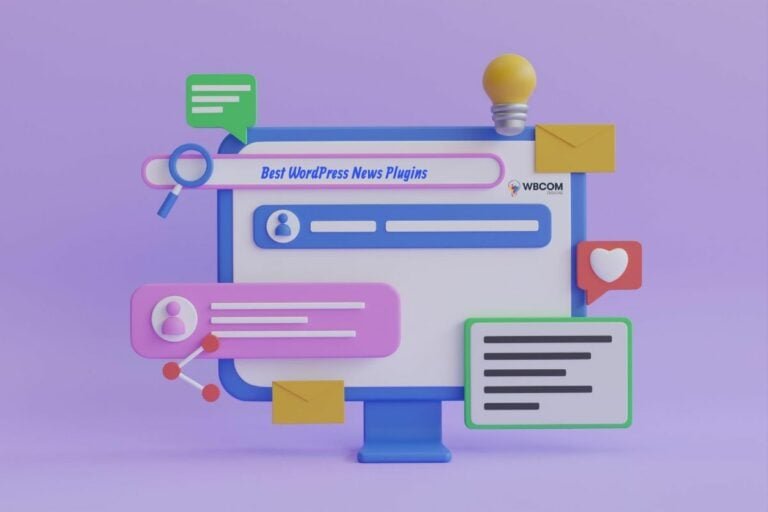Gamification in insurance mobile apps is the integration of engaging and fun game modes into insurance mobile software and applications. The goal is to make the whole process of insurance in healthcare more engaging, responsive, and interactive. By adding incentives and providing healthy, fun activities, you can make customer journeys more lucrative.
This is also a financially feasible option. A study report shows that £435 billion is shared by the technologically advanced moving sector then that is the traditional one. All of this is due to enhanced customer engagement. Even if you don’t complete all the technological transformations in your system, integrating some ideas would make a huge difference in getting first-mover advantage.
It is not about adding mini-games to the application but about making the existing software based on the psyche of games. This would include adding challenge points, levels, bonuses, stars, competitive leaderboards, etc. As these are proven formulas in the gaming industry and already yield results, businesses, especially those focusing on insurance mobile app development, can improve a lot in their customer acquisition and retention.
How is Gamification Beneficial?
Following are some benefits of designing engaging experiences in insurance mobile apps through gamification techniques;
Connection with the Staff: Having the staff on board with all of your client’s profiles would give them a sense of closeness. They would feel like part of your work environment. Integrate different platforms with the mobile app and make it a one-stop shop for all insurance-related tasks.
Up to the mark Marketing: Promoting your brand and its products and services via incentives can be a creative and innovative way of brand awareness. Incentives could include free ads, sharing on social media platforms, or giving reviews in exchange for some premium stuff.
Lead Generation: Creating education or awareness material in gamification can generate leads with a high conversion rate. This could be in the form of quizzes or puzzles.
For example, a Danish Insurer closed 29% of total leads (595) with a simple information quiz about dental health. This can give users a sense of achievement and a small of dopamine enough to pull them back for further progress in learning.
Use of FOMO: Fear of missing out is one of the typical yet most effective ways of engaging users. Having a countdown or timer for a limited-time award would generate a sense of urgency among customers. This would directly affect your lead generation and closing.
Long-term Loyalty: If we apply a bit of psychology here, motivation can be divided into two sections. One is intrinsic, which is more about internal satisfaction regardless of material rewards. The second is extrinsic motivation, with external rewards having a short-term lifespan.
You can design the game to give your customers internal rewards that will give them long-term loyalty to your brand.
Specialized games: All customers have their tastes and priorities. If one is interested in weight loss, then the other can opt for a skincare routine or meditation for relaxation. At the start, give a choice to pick some insecurities or areas that you want to improve. Then, specialized games for common interests and goals that align with customer values will be created.
Game Like App Designing Tactics:
Now that you have taken the overview of the benefits of gamification, let’s go through some tactics to see what gamification looks like.
Score and Rewards:
Users can earn rewards by scoring consistently. The most common strategy for keeping users engaged is to offer rewards in the form of coins or gems that can be redeemed for premium content. In insurance, customers can be rewarded after completing certain goals, such as footsteps or calorie burnout.
Progress Bars:
Users can visualize their progress in real-time. This could be divided into daily or weekly goals. Additionally, you can integrate streak points like Snapchat. This would create peer pressure for sticking to the goals.
Challenging Leaderboards:
Giving a hard time to your social circle to beat you in productivity stars would be fun as well as engaging. Users would be motivated to get ahead of their friends and partners.
Bonuses:
Everyone loves freebies. Bonuses are part of almost every game, whether in the form of daily login or mission completion. This would keep them coming back and staying connected.
Pros:
- Enhanced customer engagement
- Long term Relationship with clients
- Financially profitable
- More relatable to millennials
Cons:
- Require investment at the start
- Staff training for the gamification
Conclusion:
Insurers can’t deny the inevitable need for technological transformation in the insurance sector. Gamification is also part of this bigger insurance eco-change. This would help both parties by giving customers a healthy lifestyle and benefits to the company.
Do the research and invest in app building and staff training. It would pay off certainly with a good ROI, though not a fixed one.
Interesting Read
What Is LMS Gamification In eLearning Platform?
How To Do Content Marketing To Grow Your Online Store
20+ Best Insurance WordPress Themes 2024
15 WordPress Insurance Themes To Look For In 2024
How Can Community Gamification Badges Enhance Online Experience?






